America's era of duck-and-cover
Images from a bygone era of nuclear panic
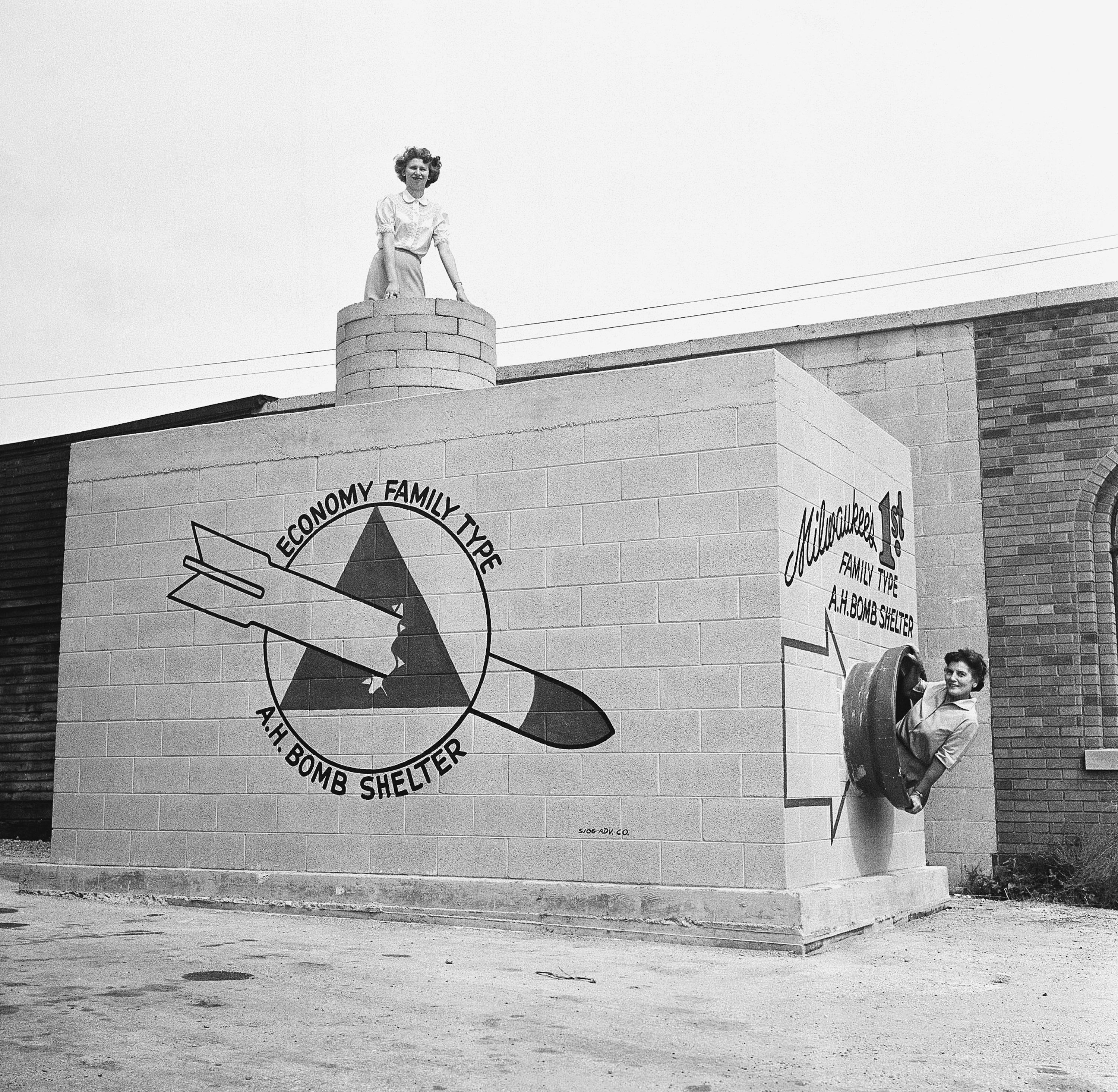

During the Cold War, America was hit by all-out nuclear panic.
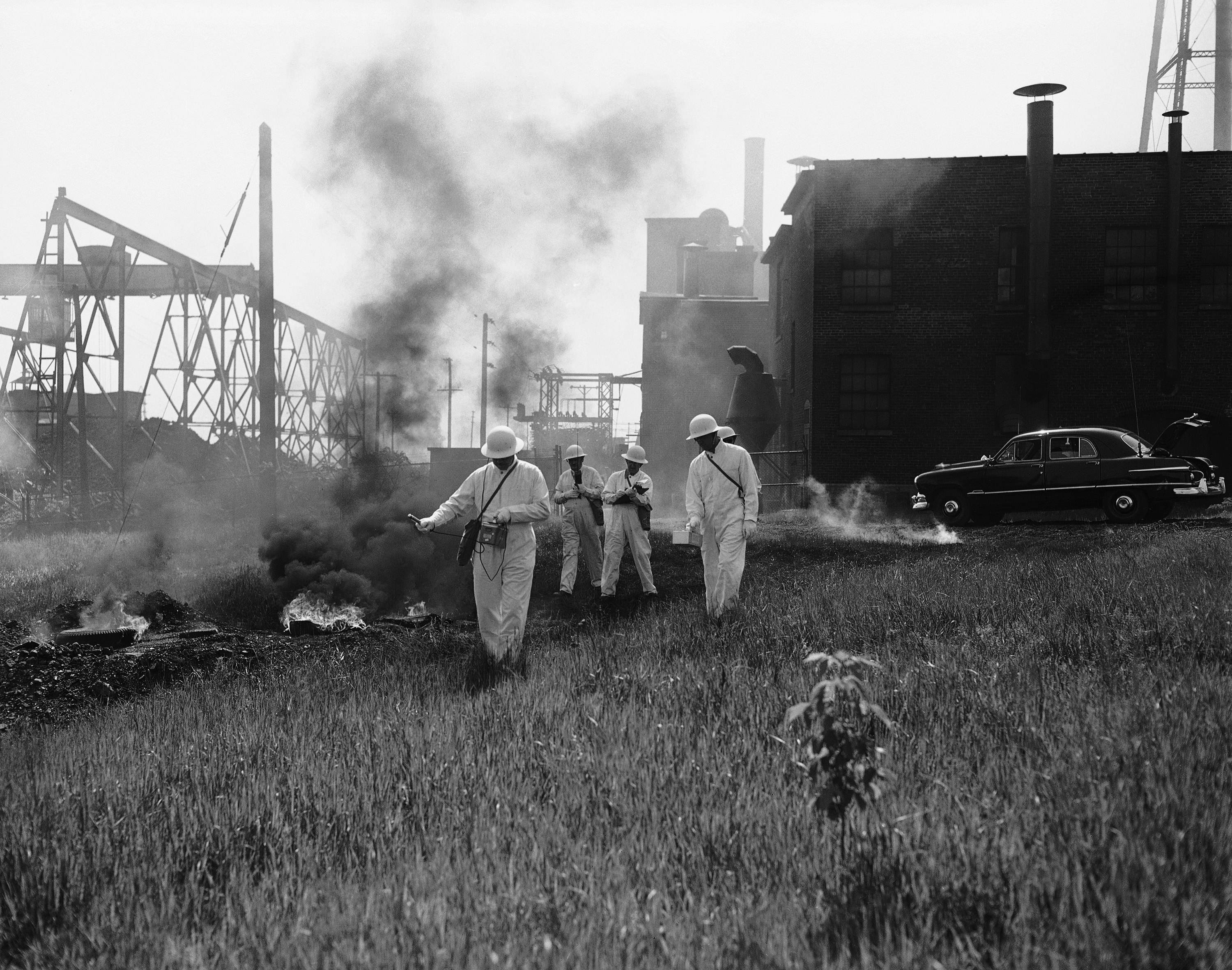
It started in 1945, when the U.S. dropped the world's first atomic bomb on Hiroshima, killing thousands in an instant. When the Soviet Union conducted its first known nuclear test in 1949, fears of a potential nuclear war hit home. And as Cold War tensions mounted through the 1950s, anxious Americans remained on high alert.
In 1951, President Harry Truman created the Federal Civil Defense Administration (FCDA) to address the nation's existential dread. The new bureau distributed brochures, literature, and videos on how to survive nuclear fallout, often inadvertently stoking the public's worst fears.
Schools began implementing the now infamous "duck-and-cover" drills, during which teachers would scream "drop!" randomly during the school day and students would dive underneath their desks, simulating what to do in case of an airstrike. Some cities even began distributing "military-style" dog tags for children to wear to class to identify them in case of a mass explosion. New York City spent some $159,000 on such student identification.
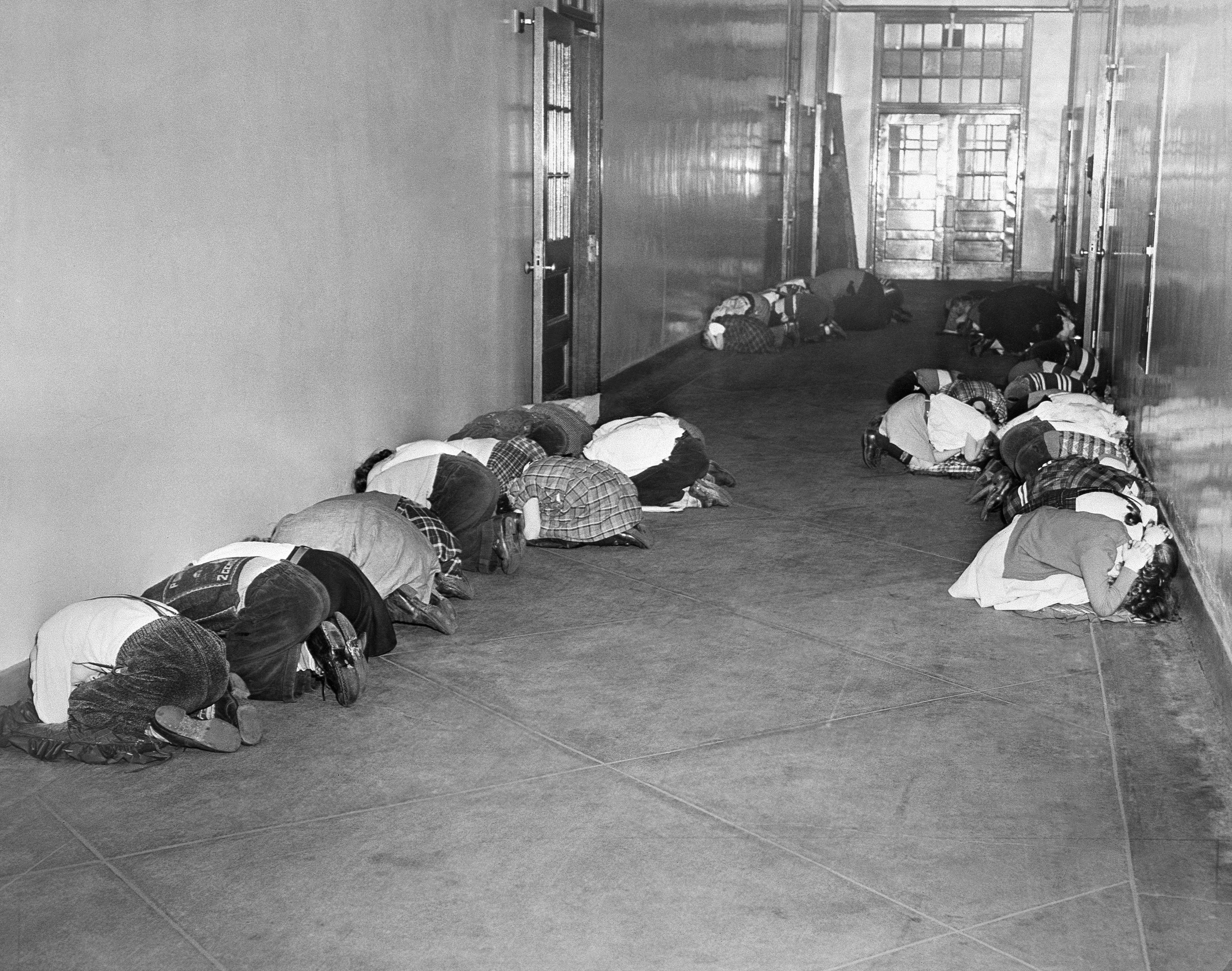
Then came the fallout shelters.
In 1957, the FCDA — by then renamed the Office of Defense Mobilization — released the Gaither Report, which recommended the private and public construction of nuclear bomb shelters. Some families were well ahead of these recommendations, having constructed underground bunkers in their backyards and basements themselves. But following the report, the federal government began aggressively promoting these extensive physical precautions, specifying requirements for construction materials, offering instruction manuals for DIY shelters, and allocating some $169 milliontoward the construction of public bunkers.
Commercial businesses offered a range of shelters that met every family's needs, from a $150 refuge built into the corner of a basement to a $5,000 deluxe suite, which featured a phone, beds, and toilets.
"We owe that kind of insurance to our families and to our country," President John F. Kennedy said in a 1961 speech. "The time to start is now. In the coming months, I hope to let every citizen know what steps he can take without delay to protect his family in case of attack. I know you would not want to do less."
Americans took up the government's call with fervor.
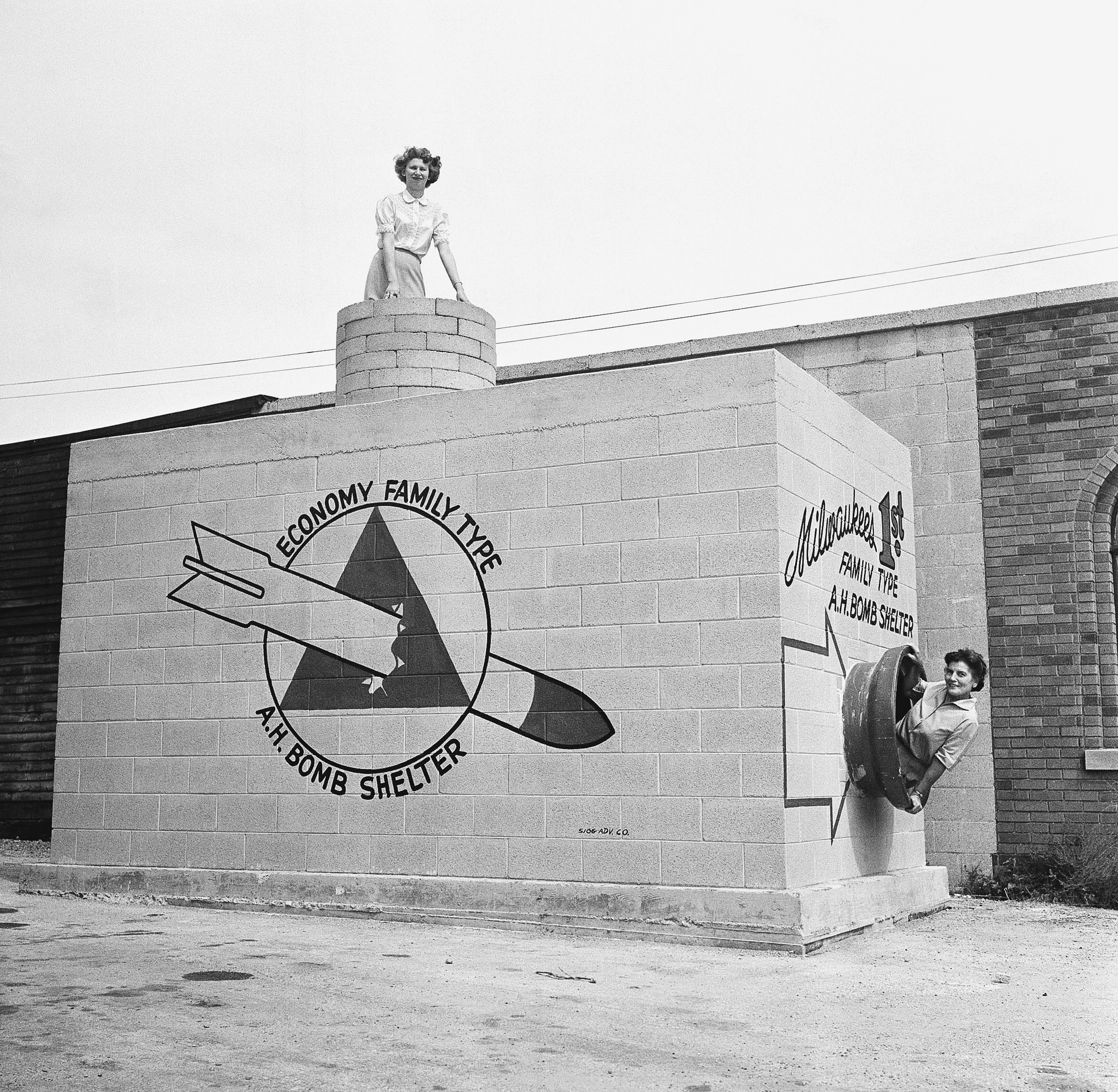
As the Cold War dragged on and hostilities eased through the 1970s, nuclear war finally began to seem like a distant nightmare, and America's fallout fever began to break. Many of the federal and local bunker-construction programs were postponed indefinitely, and home shelters transformed into basements and recreational spaces.
Below, travel back to America's era of duck-and-cover.
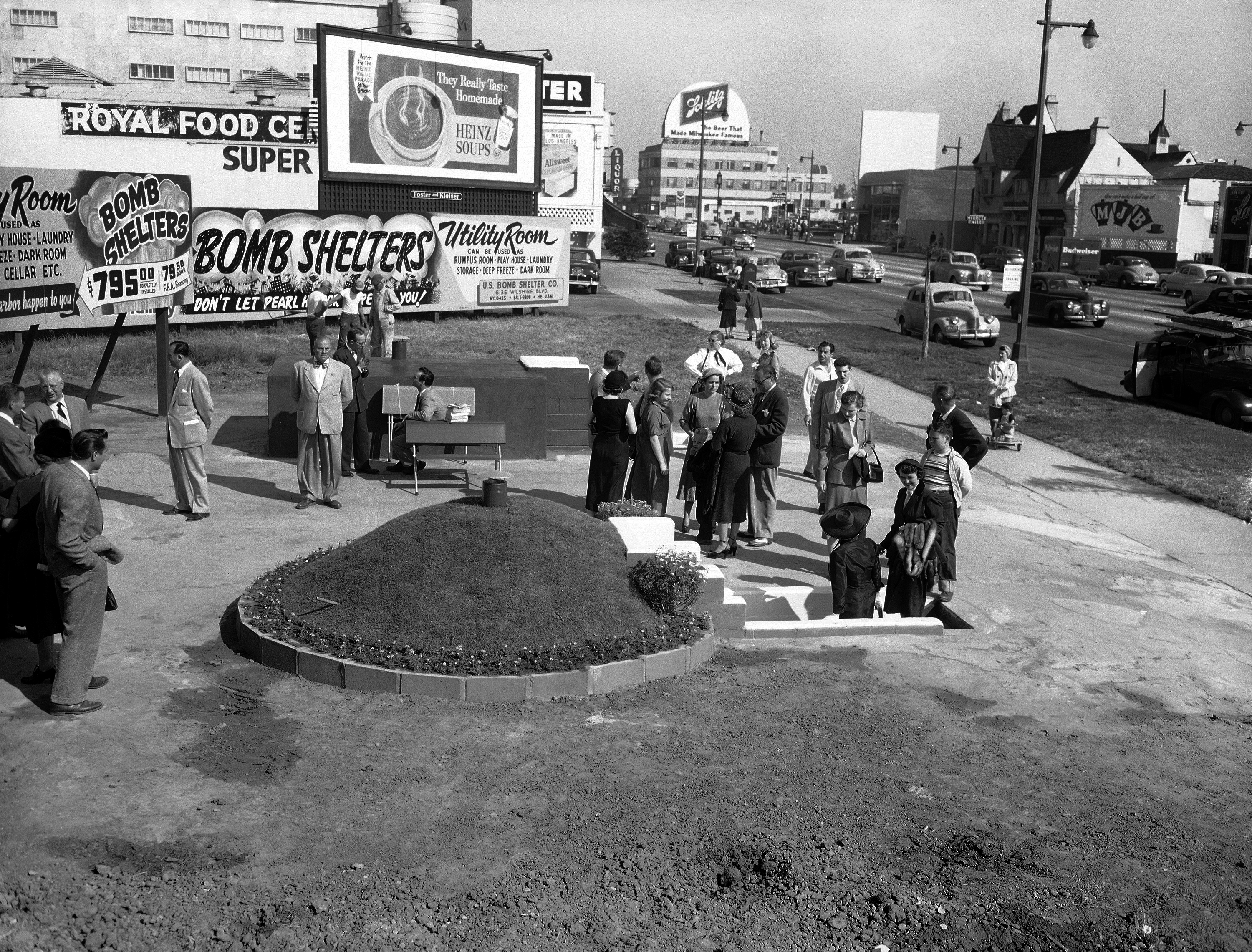
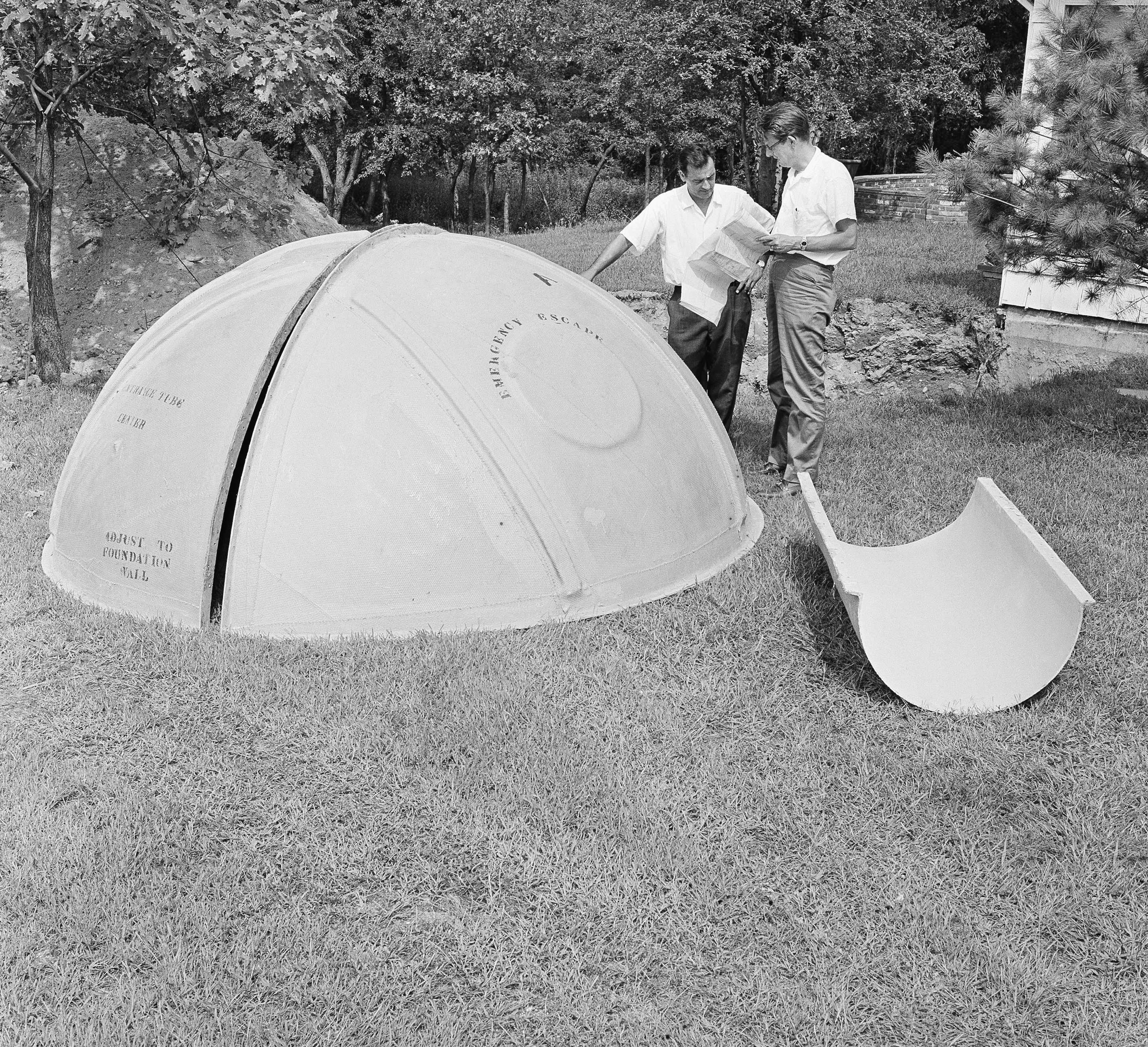
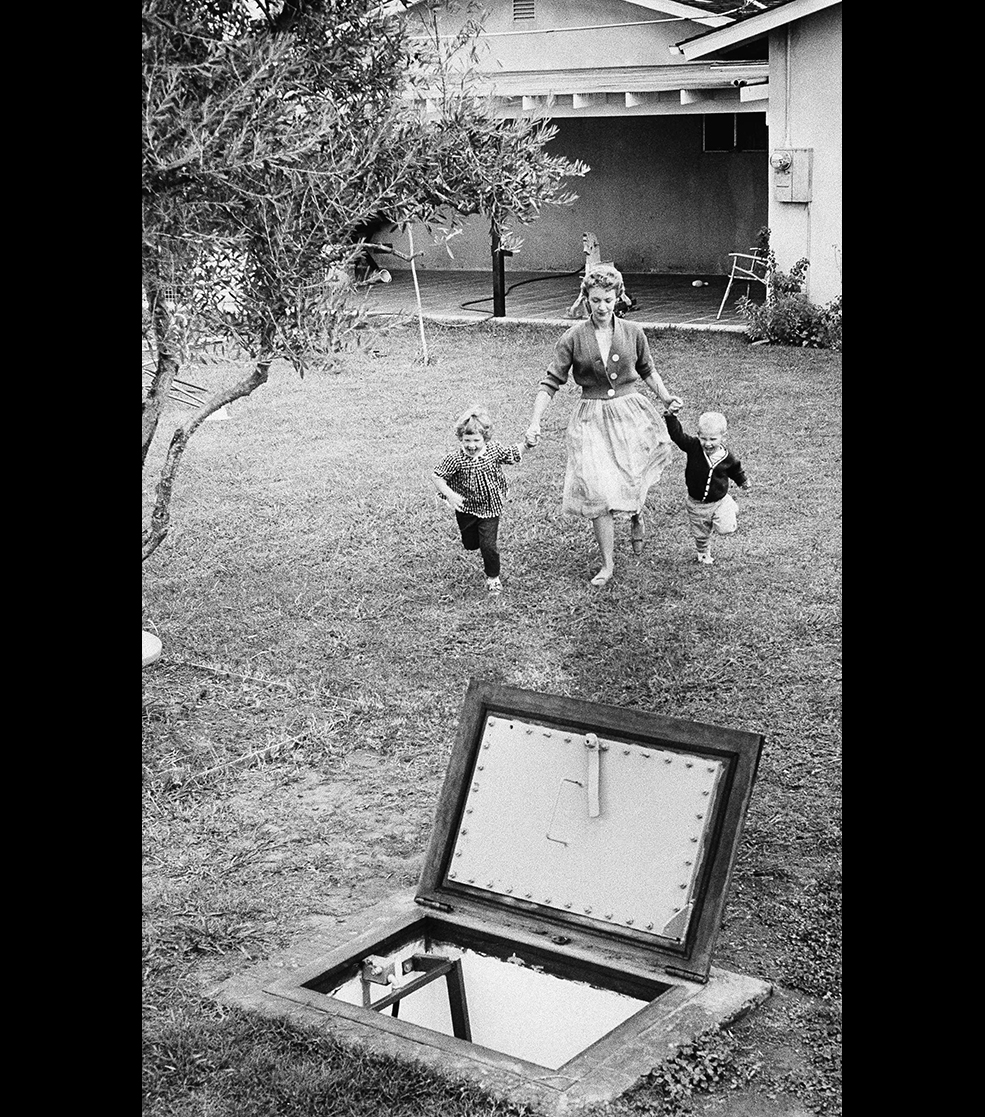
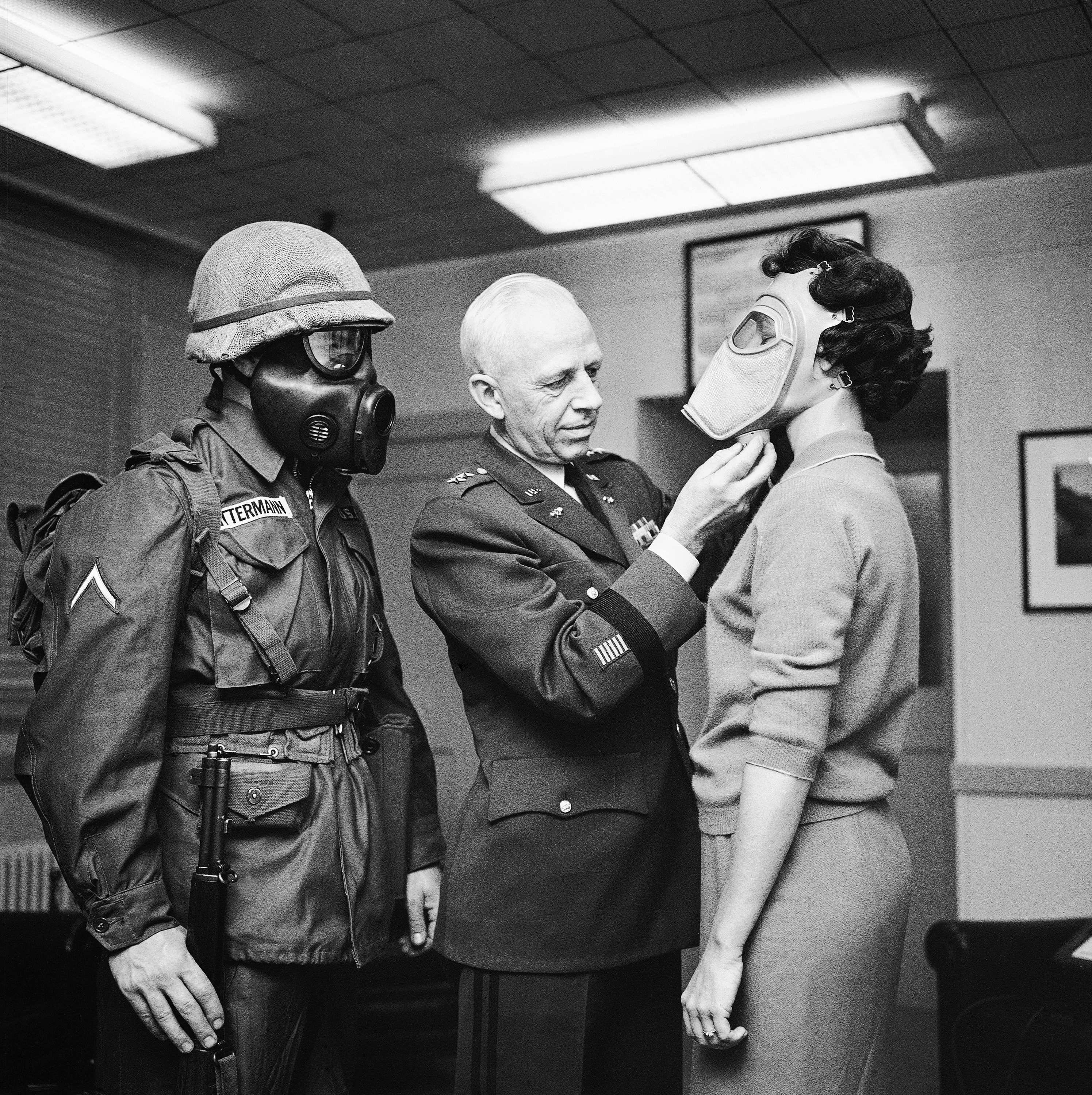
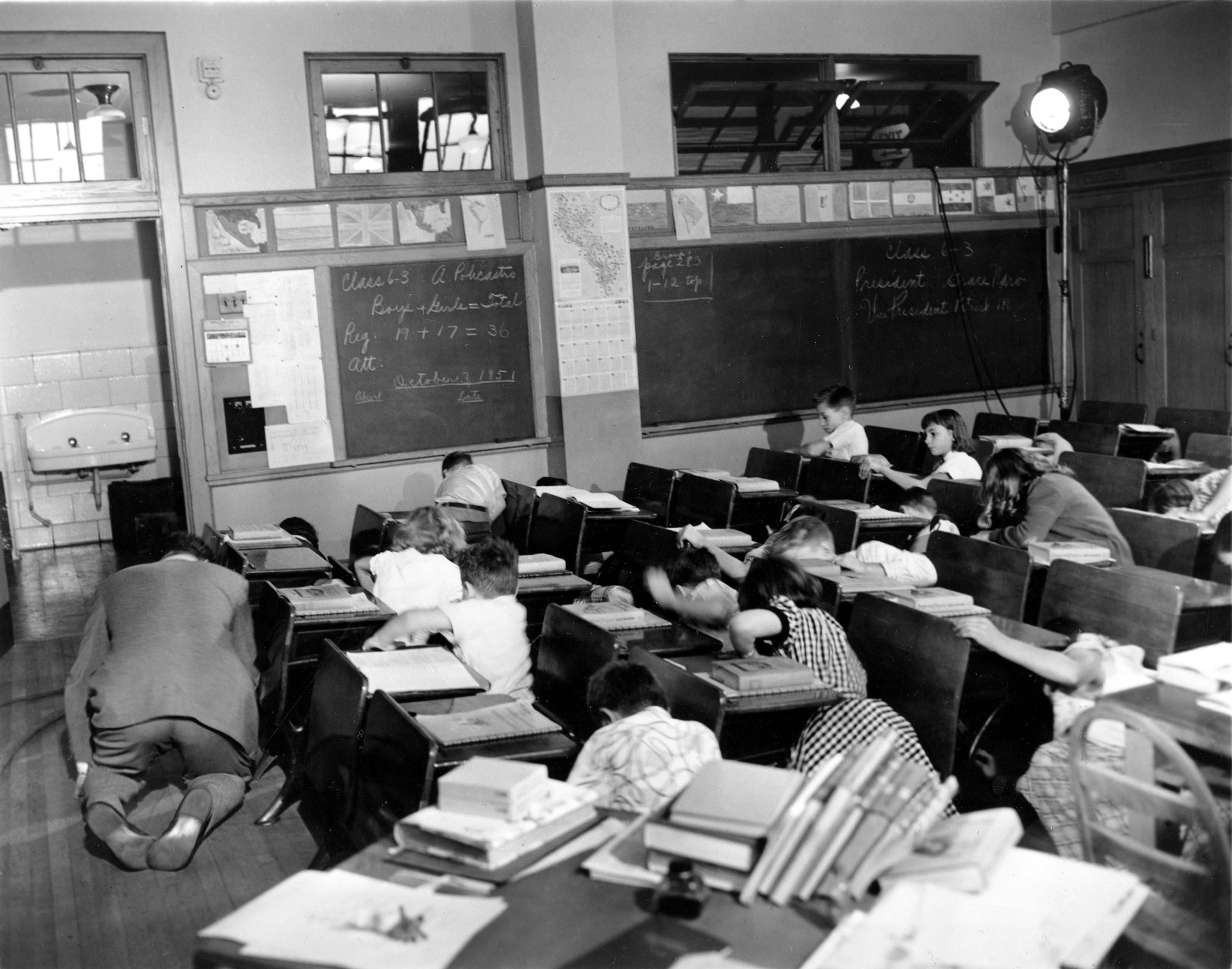
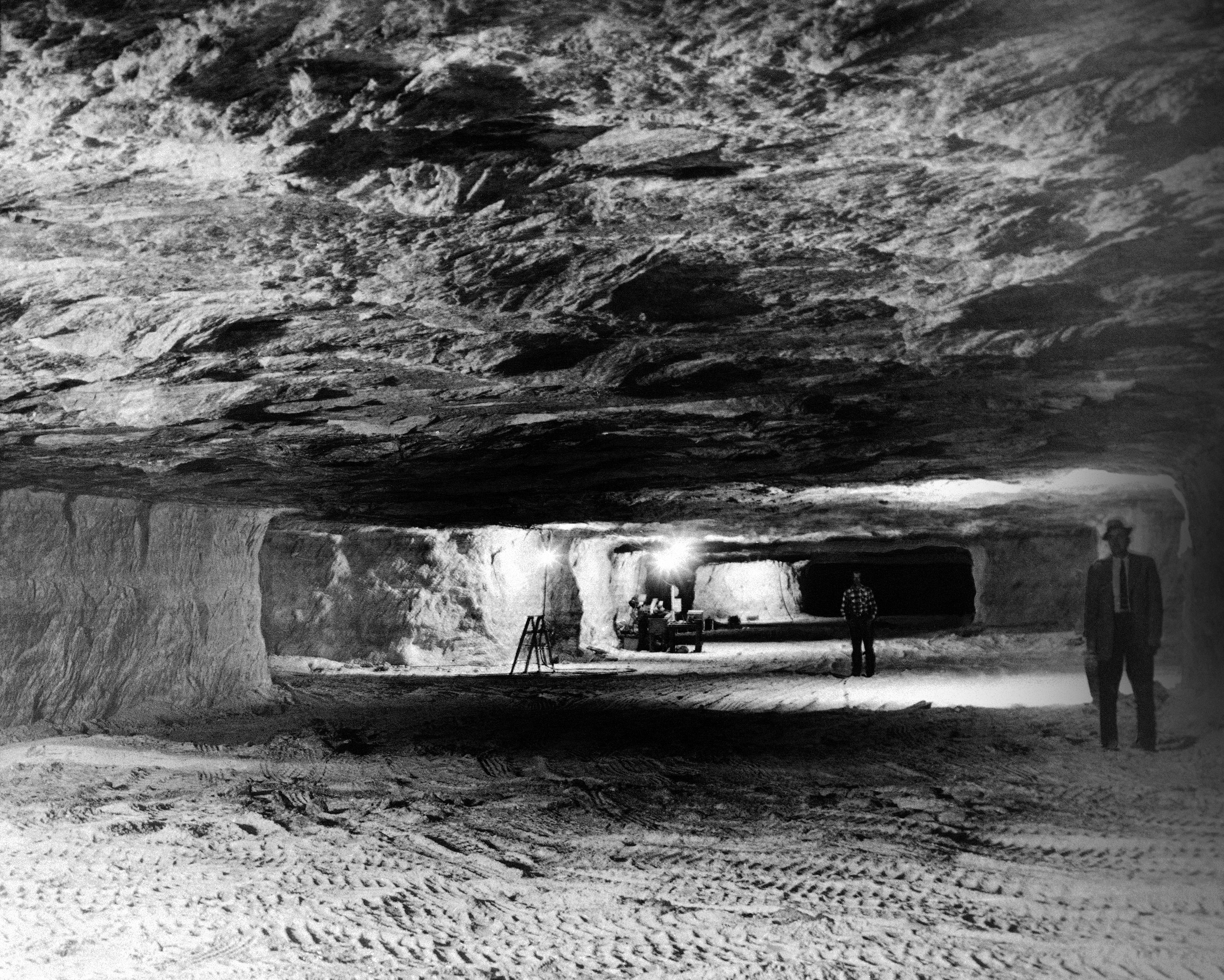
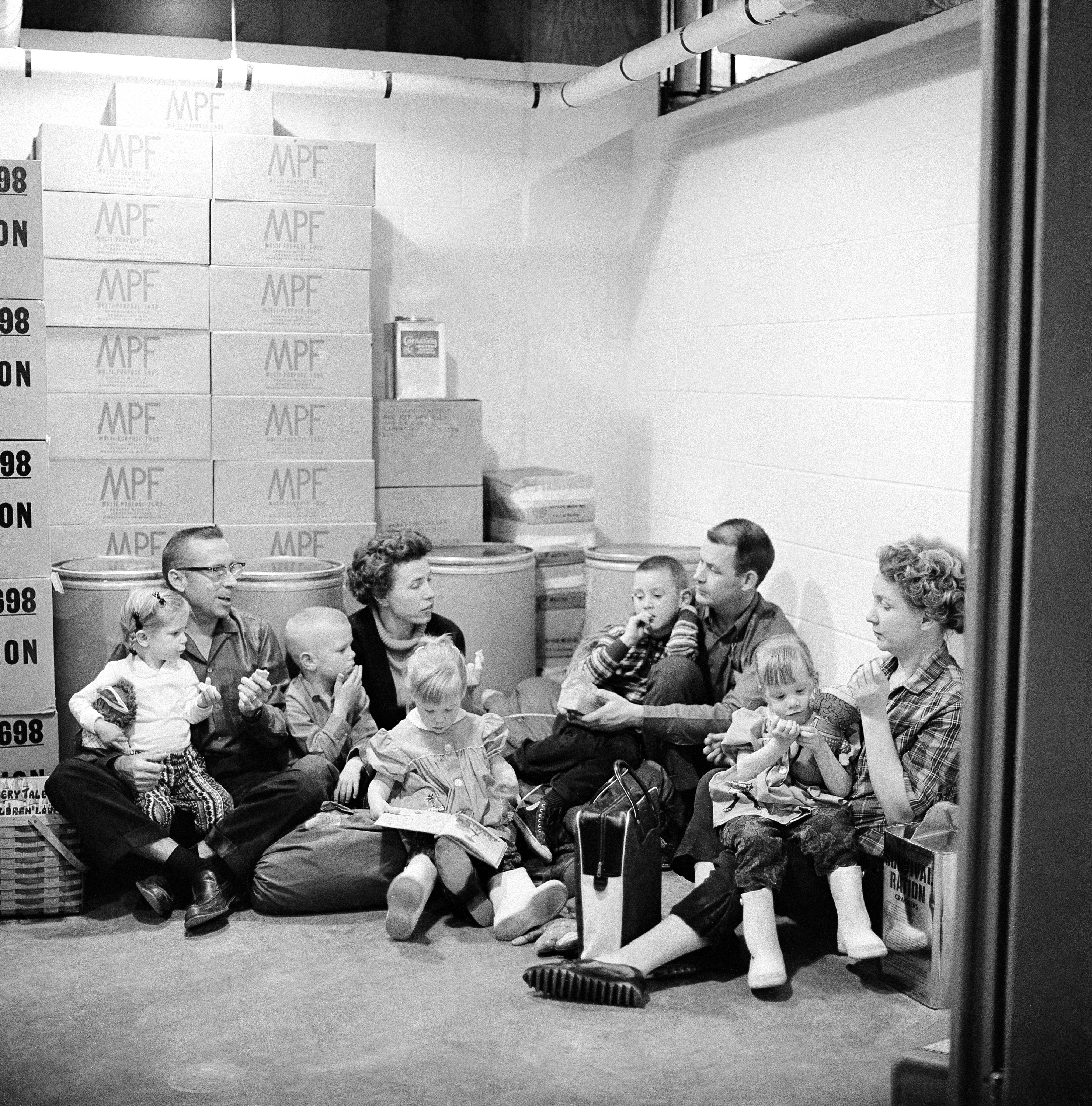
A free daily email with the biggest news stories of the day – and the best features from TheWeek.com
Kelly Gonsalves is a sex and culture writer exploring love, lust, identity, and feminism. Her work has appeared at Bustle, Cosmopolitan, Marie Claire, and more, and she previously worked as an associate editor for The Week. She's obsessed with badass ladies doing badass things, wellness movements, and very bad rom-coms.
-
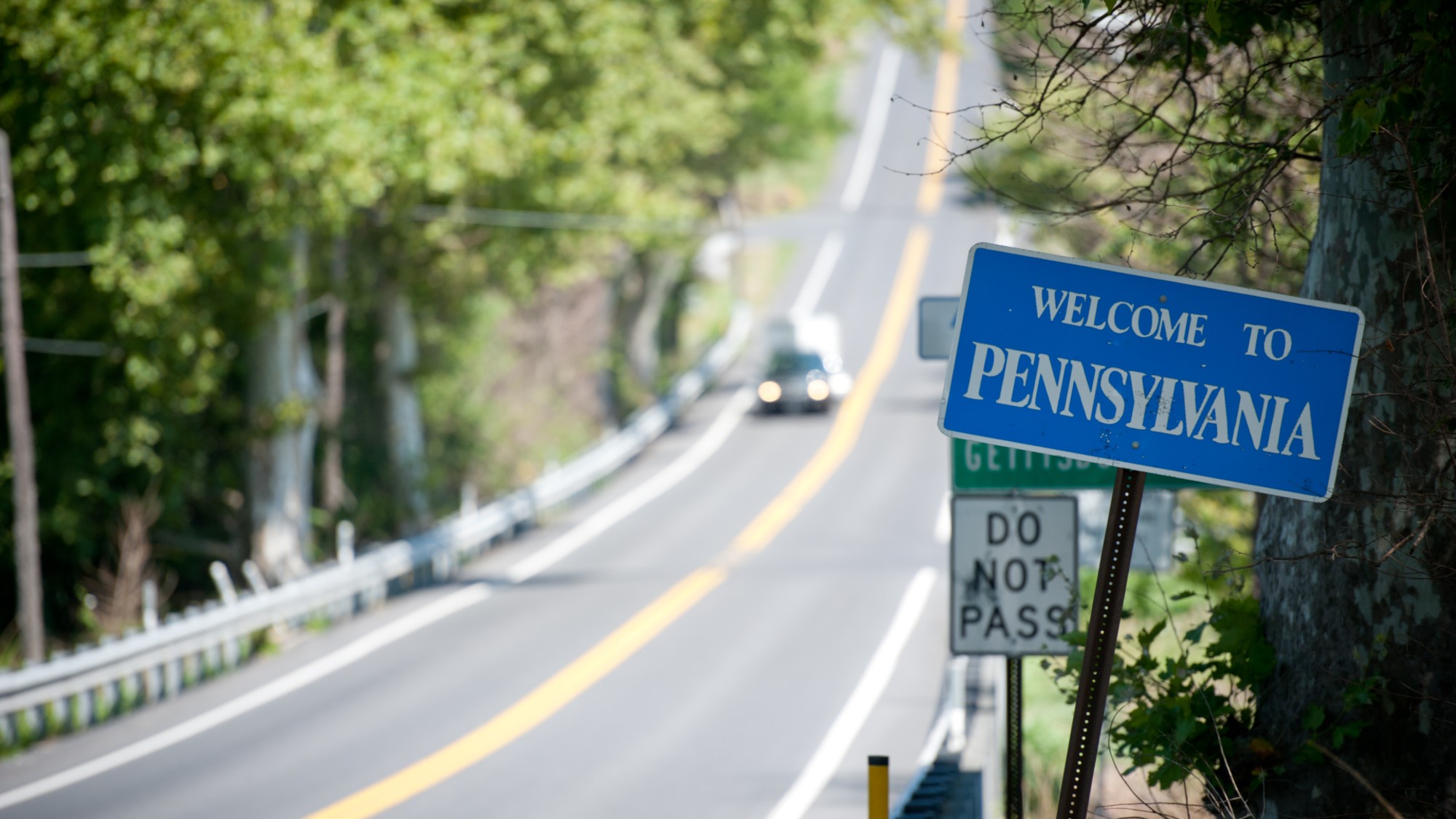 ‘Consistency at the ballot box isn’t nearly as meaningful to many voters here’
‘Consistency at the ballot box isn’t nearly as meaningful to many voters here’Instant Opinion Opinion, comment and editorials of the day
-
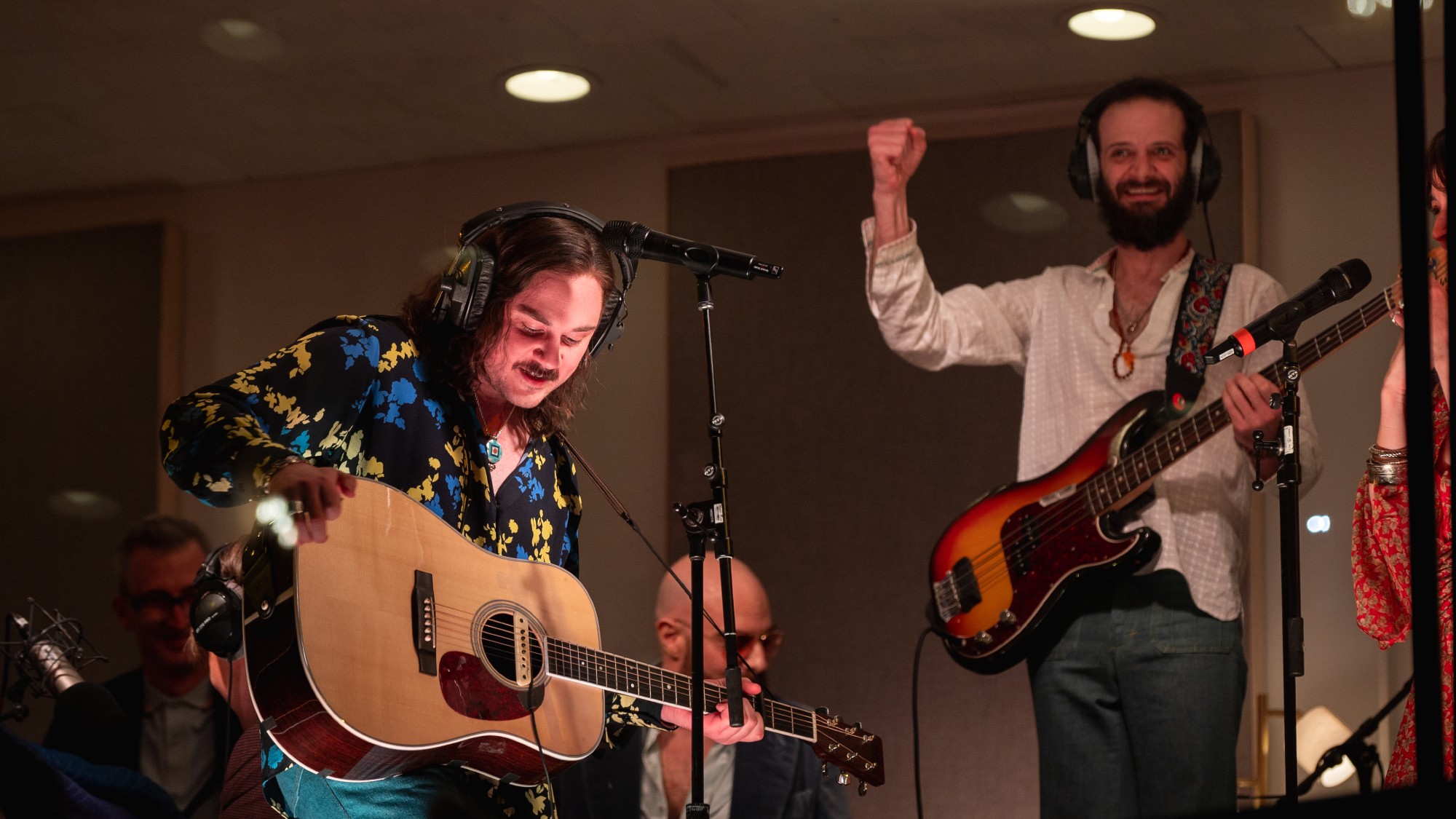 8 musicals to see this winter, all across the United States
8 musicals to see this winter, all across the United Statesthe week recommends New shows and reconsidered productions are on the move
-
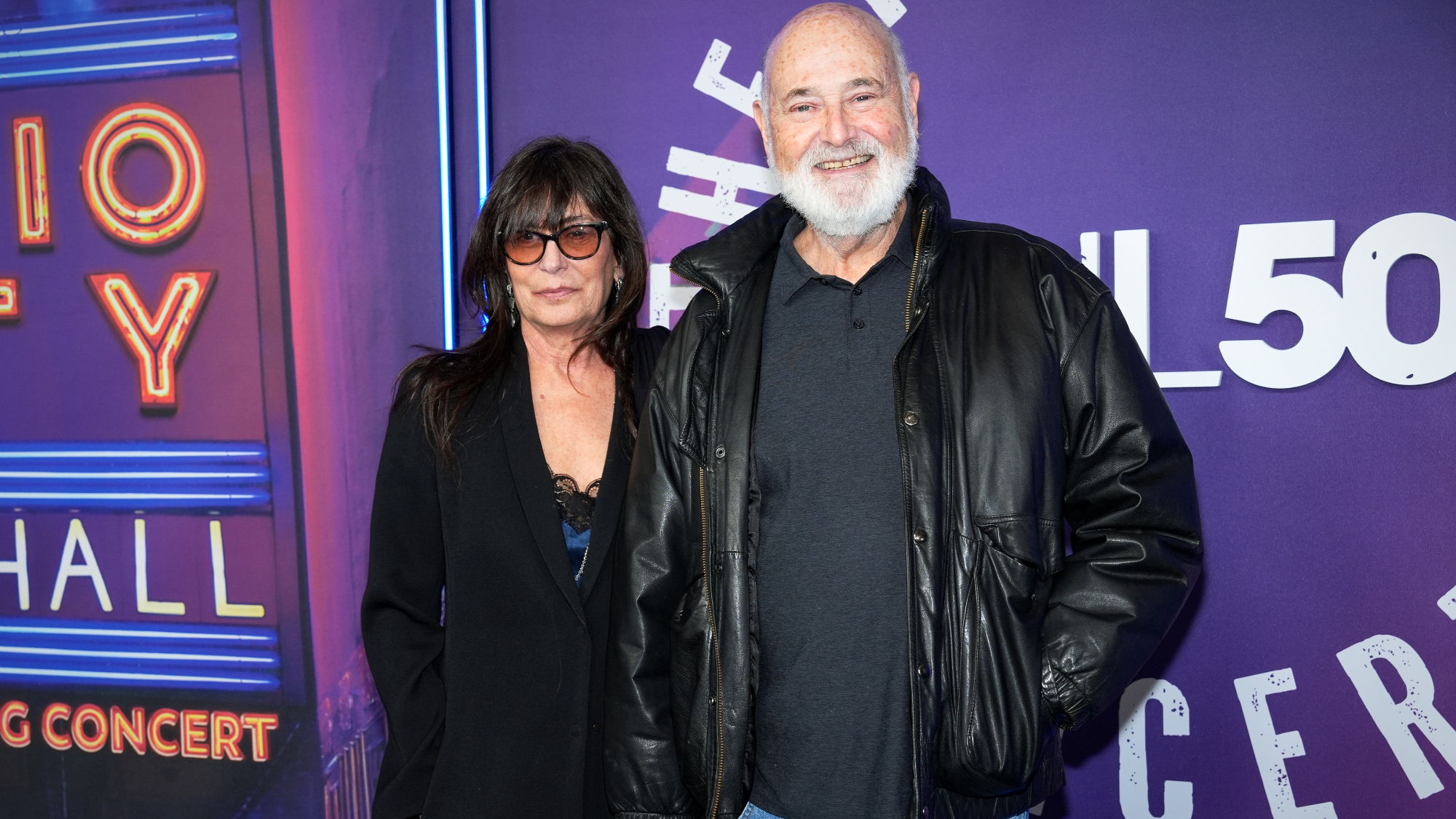 Rob Reiner, wife dead in ‘apparent homicide’
Rob Reiner, wife dead in ‘apparent homicide’speed read The Reiners, found in their Los Angeles home, ‘had injuries consistent with being stabbed’
